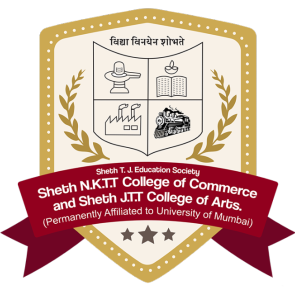Education today looks very different from what it did a decade ago—and technology is at the heart of this transformation. From digital classrooms to AI-powered tools, technology is reshaping how we learn, teach, and connect.
1. Smarter Learning Tools
Gone are the days when textbooks were the only source of knowledge. Online platforms, e-books, and educational apps give students access to endless resources. With just a few clicks, you can learn coding, explore history, or even practice a new language.
2. Virtual Classrooms & Online Learning
The rise of video conferencing tools and e-learning platforms has made education more flexible. Students can now attend lectures from anywhere, participate in virtual labs, and collaborate with classmates across the globe.
3. Personalized Learning
AI and adaptive learning software analyze a student’s strengths and weaknesses, creating customized study paths. This makes learning more efficient and helps students progress at their own pace.
4. Collaboration Beyond Borders
Technology has broken geographical barriers. Group projects can now include students from different colleges—or even different countries—fostering global teamwork and cultural exchange.
5. Preparing for the Future
By integrating technology into education, students not only gain knowledge but also digital skills that are essential for the modern workplace. From using productivity tools to understanding data, these skills provide a competitive edge.
Conclusion
Technology isn’t replacing education—it’s enhancing it. By blending traditional learning with digital innovation, we are creating smarter, more inclusive, and future-ready classrooms. For today’s students, embracing technology is not an option—it’s a necessity.



